Reducing Transportation Emissions
The transportation sector – which includes road transport, rail, maritime shipping, aviation, and pipelines – emitted nearly eight billion metric tons of CO₂ in 2022, equivalent to around 20% of global emissions.1 Since 1990, its emissions have grown by around 1.7% annually, making transport, alongside industry, one of the fastest-growing end-use sources of greenhouse gases.2
According to the IEA, almost all light-duty and most heavy-duty vehicles will be electrified by 2050.3 Consequently, despite constituting the bulk of the sector’s emissions, it is our impression that road transport has a relatively straightforward path to reach zero emissions. Reflecting this progress, electric vehicles were one of just three sectors the IEA deemed “on track” for net-zero in 2050 as of 2025, out of 46 total sectors.4 We therefore deprioritized decarbonizing both light- and heavy-duty road transport.
In contrast, aviation and maritime shipping are expected to rely heavily on emerging technologies, such as alternative fuels and zero-emission aircraft. Currently, aviation and shipping together contribute about 6% of global CO₂ emissions, a share expected to grow substantially by 2050.5 These sectors also lead to further warming from non-CO₂ effects like contrail emissions in aviation and methane leakage in shipping.6 Despite this rising importance, climate finance for these sectors remains scarce: In 2022, aviation received less than 0.1%, and shipping just 1.5%, of total transport-related climate funding.7
Given the large projected share of future emissions and the relatively low level of climate funding allocated to these transportation subsectors, we prioritize reducing emissions from aviation and maritime shipping in our transportation strategy. Our strategy reports on decarbonizing maritime shipping and reducing aviation emissions outline potential decarbonization pathways, philanthropic sub-strategies to enact these pathways, and the theory of change we adopt in each subsector.
1 “In 2022 global CO₂ emissions from the transport sector grew by more than 250 Mt CO₂ to nearly 8 Gt CO₂, 3% more than in 2021.” IEA Transport Analysis, n.d. (Accessed August 26, 2025)
2 “Transport emissions grew at an annual average rate of 1.7% from 1990 to 2022, faster than any other end-use sector except for industry (which also grew at around 1.7%).” IEA Transport Analysis, n.d. (Accessed August 26, 2025)
3 Figure 2.22 Final energy consumption in transport by fuel for selected modes, 2022-2050
4 Section: What’s on track? IEA, n.d., (Accessed August 26, 2025)
5 “While aviation accounts for around 2.5% of global CO2 emissions, its overall contribution to climate change is higher.” Our World In Data, 2024; “The share of shipping emissions in global anthropogenic emissions has increased from 2.76% in 2012 to 2.89% in 2018.” IMO, 2020; emission growth: “If, as in the past, the ambition of these sectors continues to fall behind efforts in other sectors and if action to combat climate change is further postponed, their CO2 emission shares in global CO2 emissions may rise substantially to 22 % for international aviation.” EU, 2015 ‘Those emissions could triple by 2050, potentially accounting for 25% of CO2 released into the atmosphere as emissions across other sectors fall.” CATF, 2024; “Under its current trajectory, the sector could account for 10% of global greenhouse gas emissions by 2050” Our Shared Seas, 2023
6 “Two-thirds come from non-CO2 forcings. Contrails — water vapor from aircraft exhausts — account for the largest share.” Our World In Data, 2024
7 Table A.6: Breakdown of Transport Sector climate finance by sub-sector (USD billion), data download, CPI, 2024
Support Our Work
Giving Green Fund
One fund. Global impact. One hundred percent of your gift supports a portfolio of high-impact climate organizations, vetted by our research.
Best for:
Donors who want the simplest way to impact multiple climate solutions.
Top Climate Nonprofits
Meet the organizations on Giving Green’s list of high-impact nonprofits working to decarbonize our future, identified through our rigorous research.
Best for:
Donors who want to give directly and independently.
Support Our Work
We thoroughly research climate initiatives so you can give with confidence. For every $1 we receive, our work unlocks another $21 for effective climate solutions.
Best for:
Donors who want to amplify their impact through research.









.png)


.png)
.png)
.png)



.png)
.png)

.png)
.png)
.png)
.png)


.png)
.png)
.png)

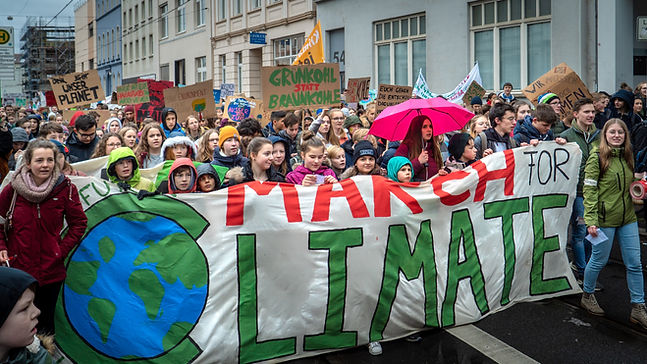

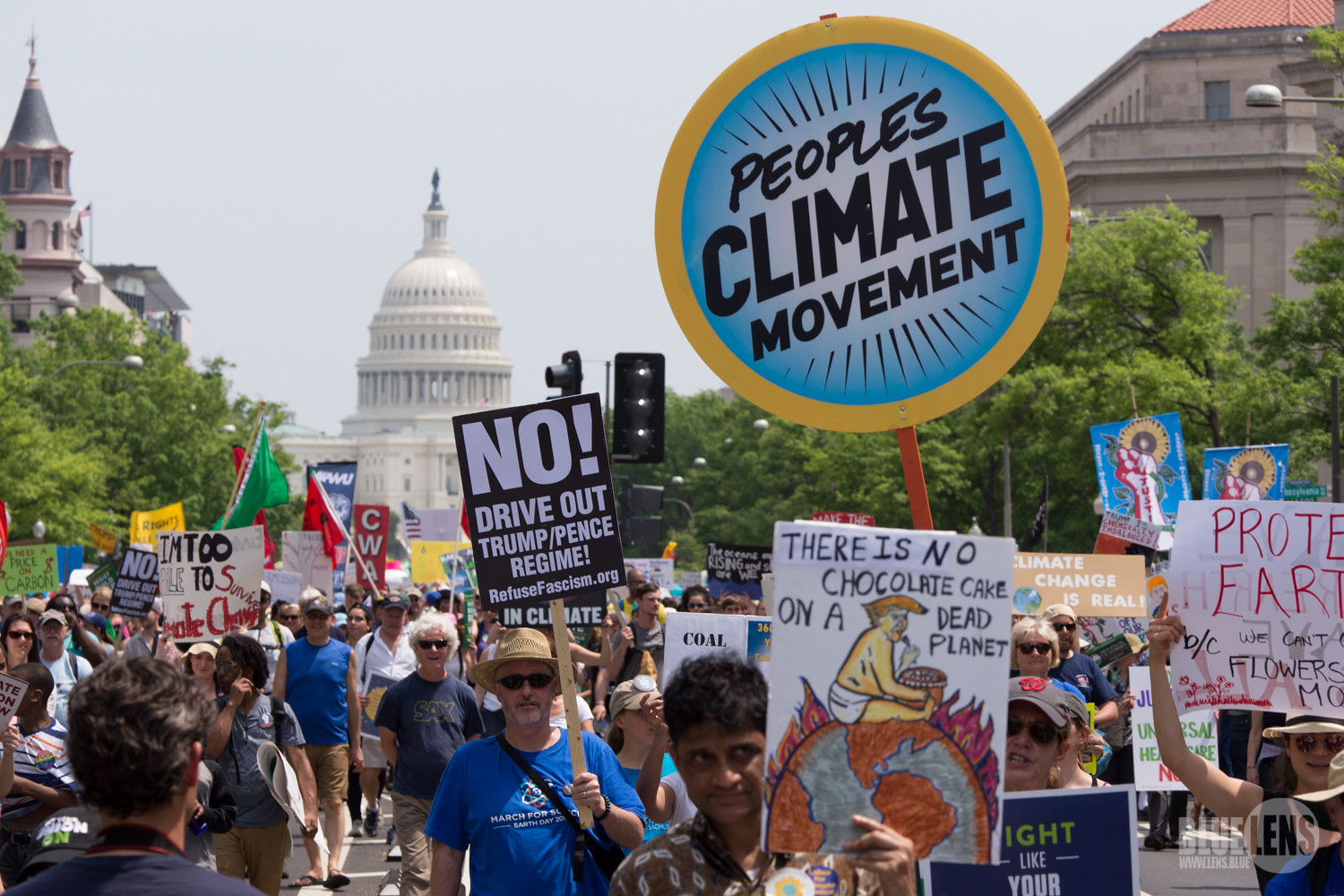



.png)

.png)
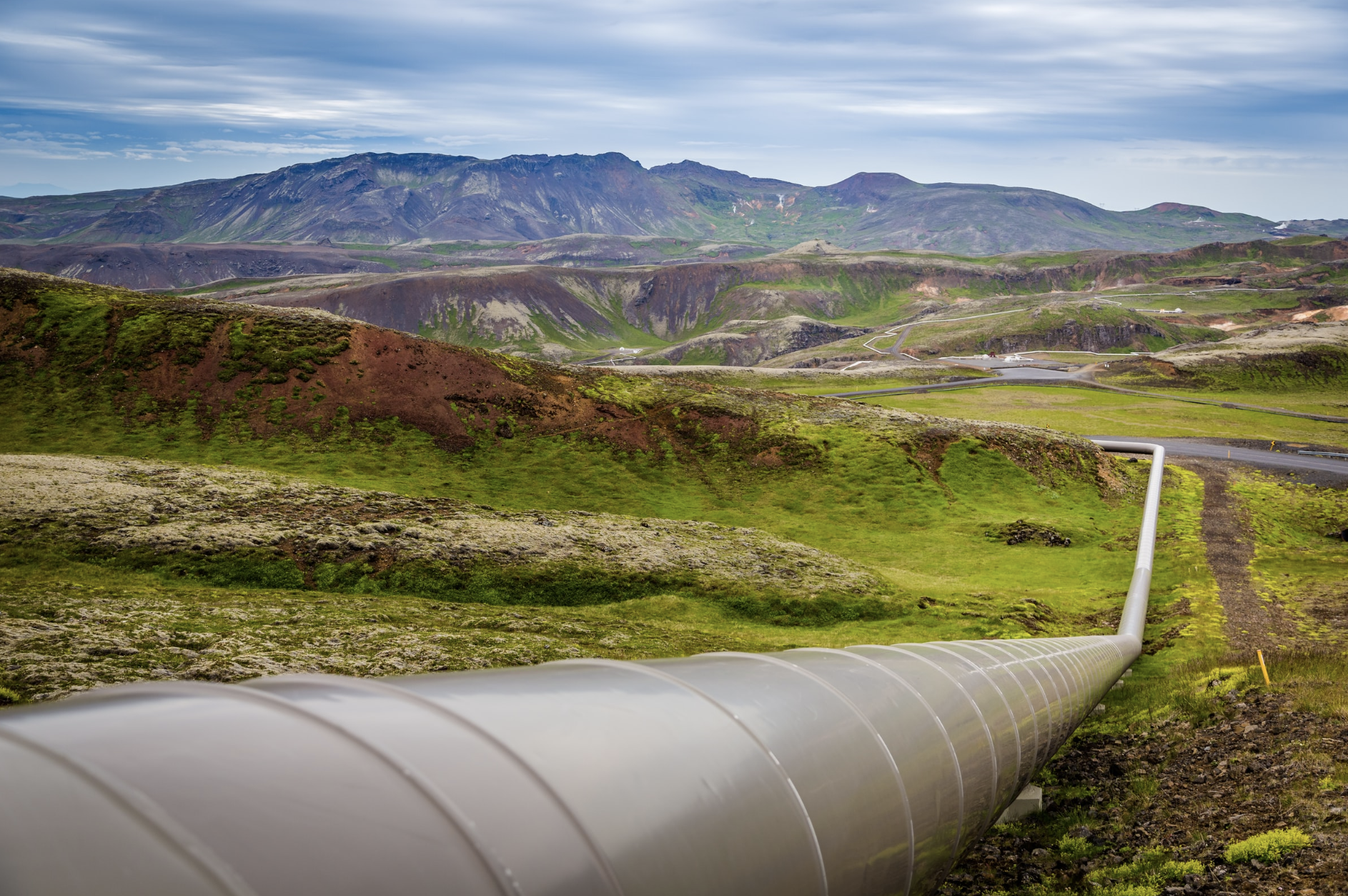




.png)





.png)
.png)
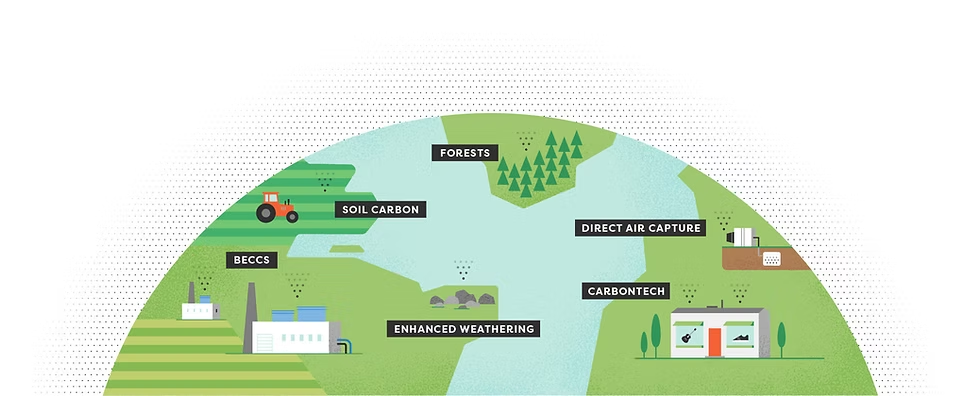





.jpg)


.png)




.png)
.png)

.png)
.png)

.png)
.png)

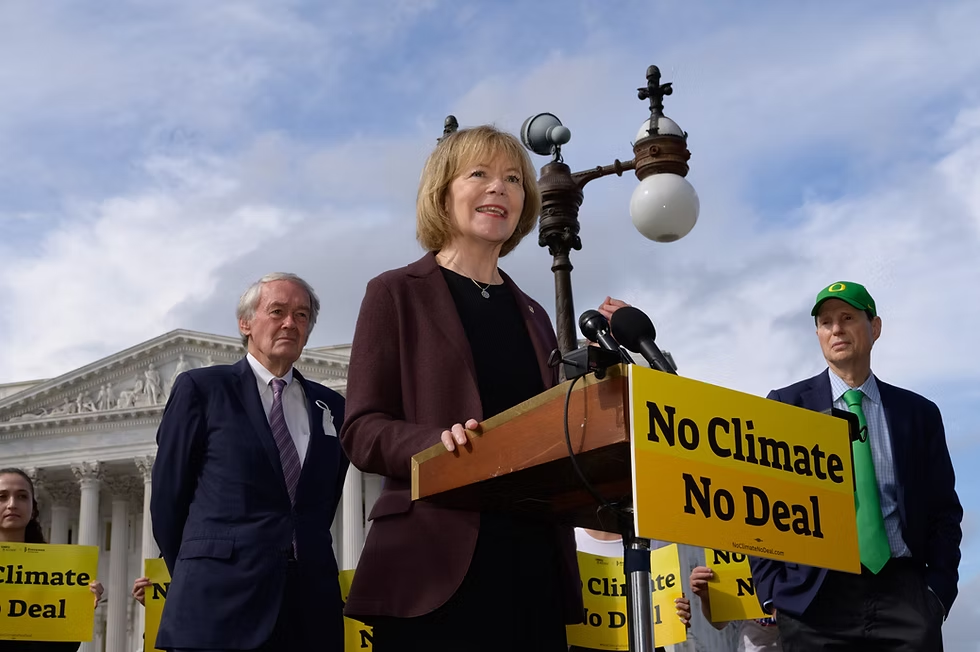


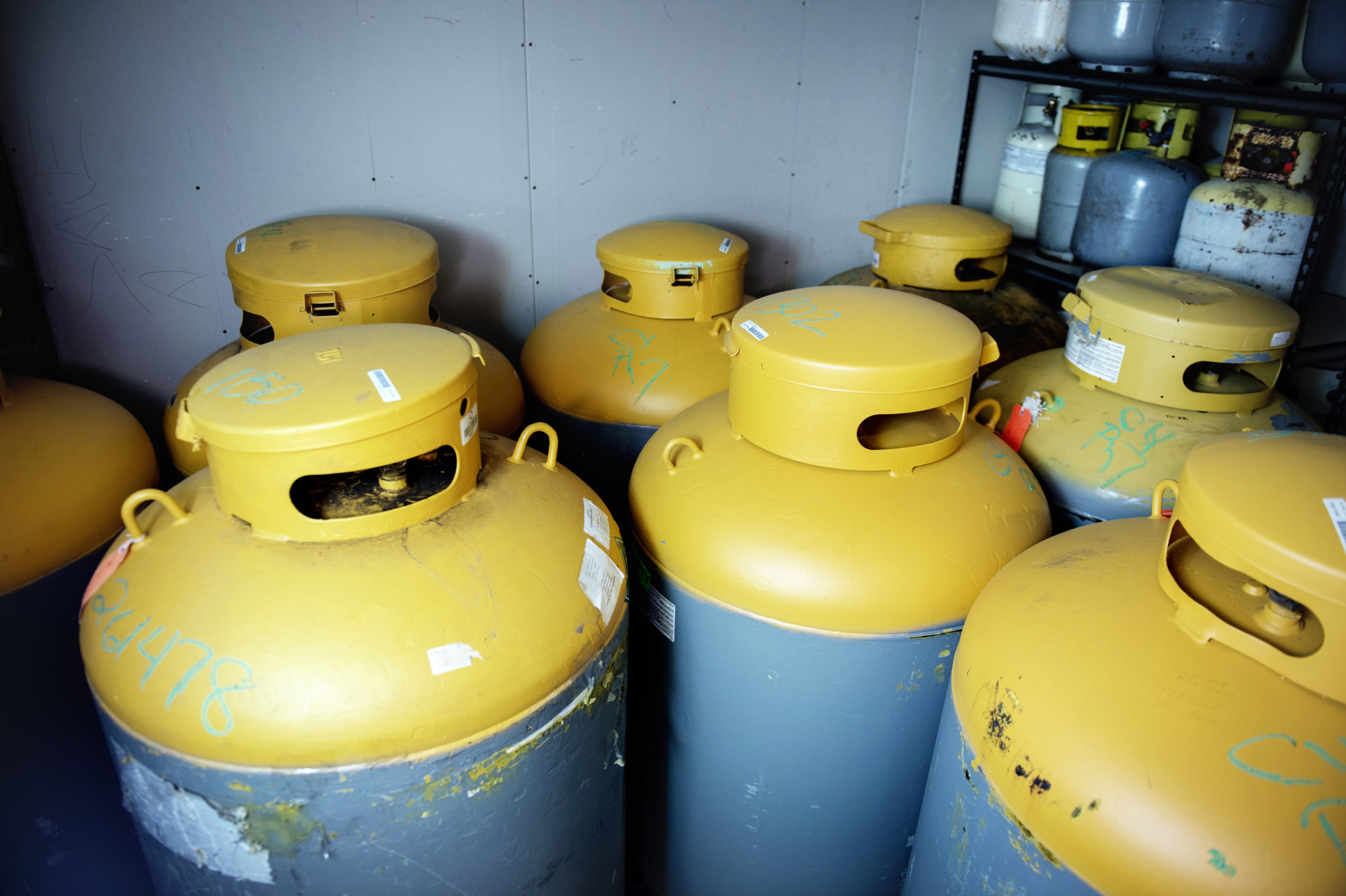


.png)
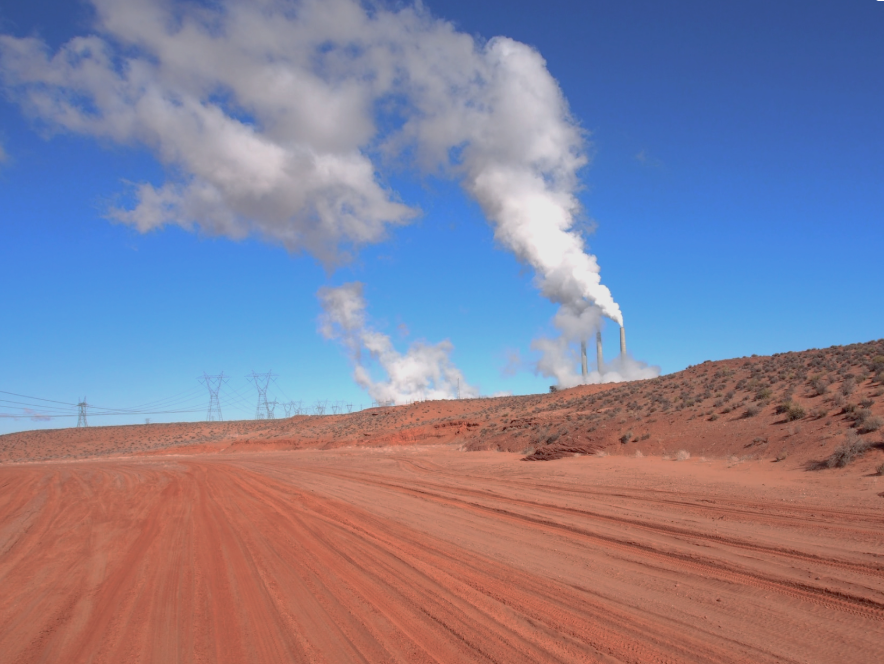
.png)
.png)
.png)

.png)

.png)

